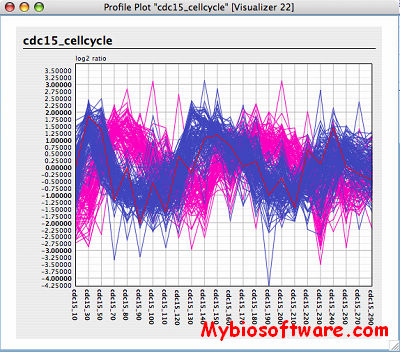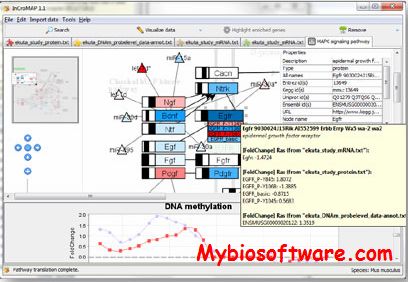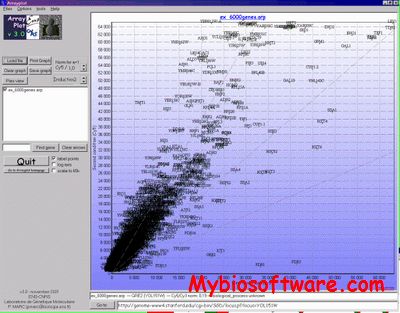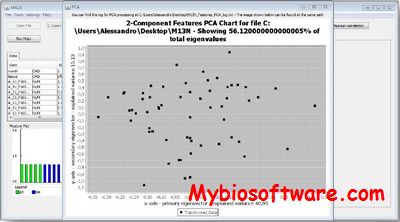HCE 3.5
:: DESCRIPTION
The HCE (Hierarchical Clustering Explorer) power analysis tool was designed to import any pre-existing microarray project, and interactively test the effects of user-defined definitions of α (significance), β (1-power), sample size, and effect size. The tool generates a filter for all probe sets or more focused ontology-based subsets, with or without noise filters that can be used to limit analyses of a future project to appropriately powered probe sets. We studied projects from three organisms (Arabidopsis, rat, human), and three probe set algorithms (MAS5.0, RMA, dChip PM/MM). We found large differences in power results based on probe set algorithm selection and noise filters. RMA provided exquisite sensitivity for low numbers of arrays, but this came at a cost of high false positive results (24% false positive in the human project studied). Our data suggests that a priori power calculations are important for both experimental design in hypothesis testing, and hypothesis generation, as well as for selection of optimized data analysis parameters.
::DEVELOPER
Ben Shneiderman, Jinwook Seo
:: SCREENSHOTS

:: REQUIREMENTS
:: DOWNLOAD
 HCE
HCE
:: MORE INFORMATION
Citation
Jinwook Seo, Heather Gordish-Dressman, Eric P. Hoffman,
” An Interactive Power Analysis Tool for Microarray Hypothesis Testing and Generation,”
Bioinformatics, Vol. 22, No. 7, pp. 808-814, 2006.







